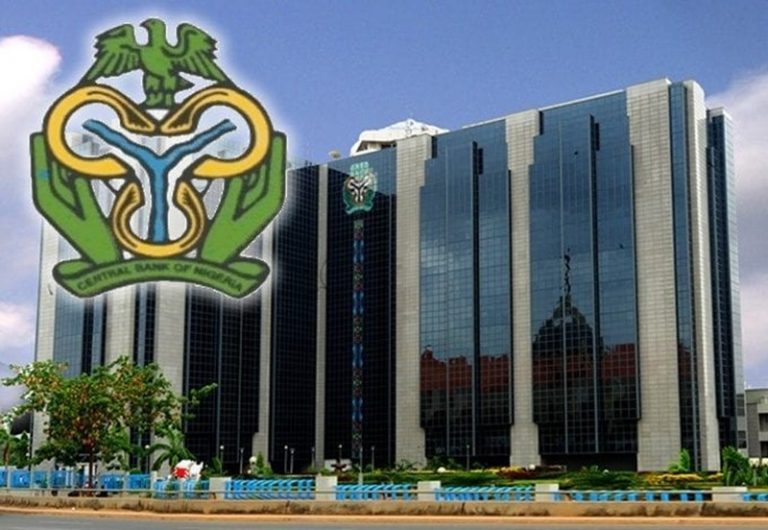
The Central Bank of Nigeria (CBN) on Tuesday opted to keep its benchmark interest rate unchanged at 27.5 percent, despite growing expectations from sections of the financial community for a rate cut following signs of easing inflation.
Governor Olayemi Cardoso, who announced the decision at the end of the two-day Monetary Policy Committee (MPC) meeting in Abuja, said the decision was unanimous among committee members and hinged on what the bank described as “relative improvements” in macroeconomic indicators.
“The MPC noted the relative improvements in some key macroeconomic indicators which are expected to support the overall moderation in prices in the near to medium term,” Cardoso said.
Register for Tekedia Mini-MBA edition 19 (Feb 9 – May 2, 2026): big discounts for early bird.
Tekedia AI in Business Masterclass opens registrations.
Join Tekedia Capital Syndicate and co-invest in great global startups.
Register for Tekedia AI Lab: From Technical Design to Deployment (next edition begins Jan 24 2026).
He pointed to progress in narrowing the foreign exchange gap, a positive balance of payments position, easing PMS prices, and a drop in food inflation as key justifications for maintaining the status quo.
It was the second straight meeting in which the CBN held the Monetary Policy Rate (MPR) steady, following a rapid tightening cycle earlier in the year. Between February and March 2024 alone, the CBN raised the rate by 600 basis points—from 18.75 percent to 27.75 percent—before trimming it slightly to 27.5 percent in April.
The MPR, a key instrument the central bank uses to control liquidity and tame inflation, has seen a cumulative increase of 875 basis points since 2022, when the rate stood at 11.5 percent.
Analysts Had Hoped for a Cut
Some financial analysts and market observers had anticipated that the CBN would ease rates at this meeting, pointing to the marginal decline in headline inflation reported for April. The National Bureau of Statistics (NBS) pegged April inflation at 23.71%, a marginal improvement from the 24.23% recorded in March.
Although the decline was not dramatic, it prompted expectations that the apex bank might shift toward supporting economic growth by easing borrowing costs for businesses and households already struggling with the consequences of earlier rate hikes.
The Chairman of the Organized Private Sector of Nigeria, Dele Oye, advocated for a reduction of the MPR to prevent slowed business growth while criticizing the existing rate, stating, “The economy cannot run on the 27.5 percent interest rate. Nobody can borrow money at the current rate and make a profit from business.”
However, the CBN seemed to have taken a more cautious stance, choosing to allow more time for previous rate hikes to fully filter through the economy.
Cardoso, in his address, stressed that while the inflation outlook was improving, underlying inflationary pressures remained due to factors such as high electricity tariffs, persistent FX demand, and structural inefficiencies.
Policy Tools Unchanged
Beyond the interest rate, the MPC also left all other monetary policy parameters unchanged. The asymmetric corridor around the MPR was retained at +500/-100 basis points. The Cash Reserve Ratio (CRR) was kept at 50 percent for commercial banks and 16 percent for merchant banks, while the liquidity ratio remained at 30 percent.
These tools are used by the central bank to manage the volume of money circulating in the economy and ensure financial system stability.
Cardoso said the committee was encouraged by recent federal government policies to boost local production, reduce import dependence, and stabilize the exchange rate—all aimed at easing pressure on consumer prices.
He also praised the federal government’s efforts in improving food supply through targeted interventions in agriculture and better security in farming regions.
Cardoso has repeatedly positioned the CBN’s current approach as a deliberate reset to restore credibility and reinstate orthodoxy in monetary policy after years of opacity and unorthodox interventions under the previous leadership. The bank has also resumed the release of long-suppressed data, including its audited financial statements and breakdown of gross versus net external reserves.
Presently, the central bank seems committed to maintaining a tight stance in the short term, hoping that existing monetary tools and fiscal coordination will eventually tame inflation and revive growth. But with unemployment high, consumer demand suppressed, and borrowing costs choking business activity, the call for interest rate relief may grow louder in the months ahead, especially if inflation continues its downward drift.
The next MPC meeting is expected in July, where all eyes will again turn to whether the CBN finally responds to the inflation signal or remains on its cautious path.



